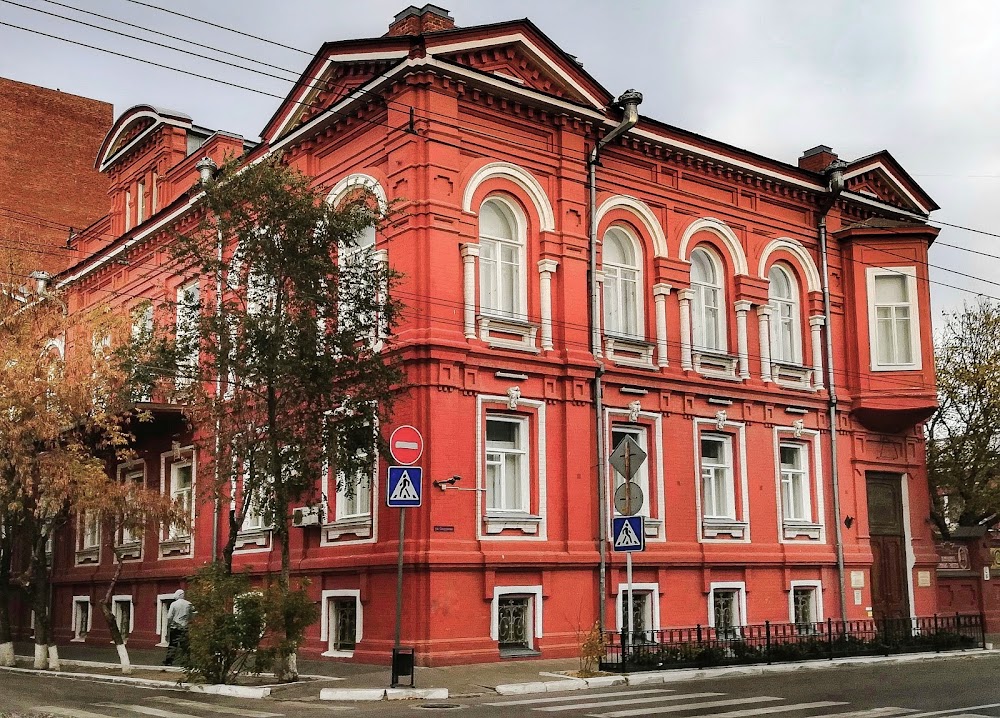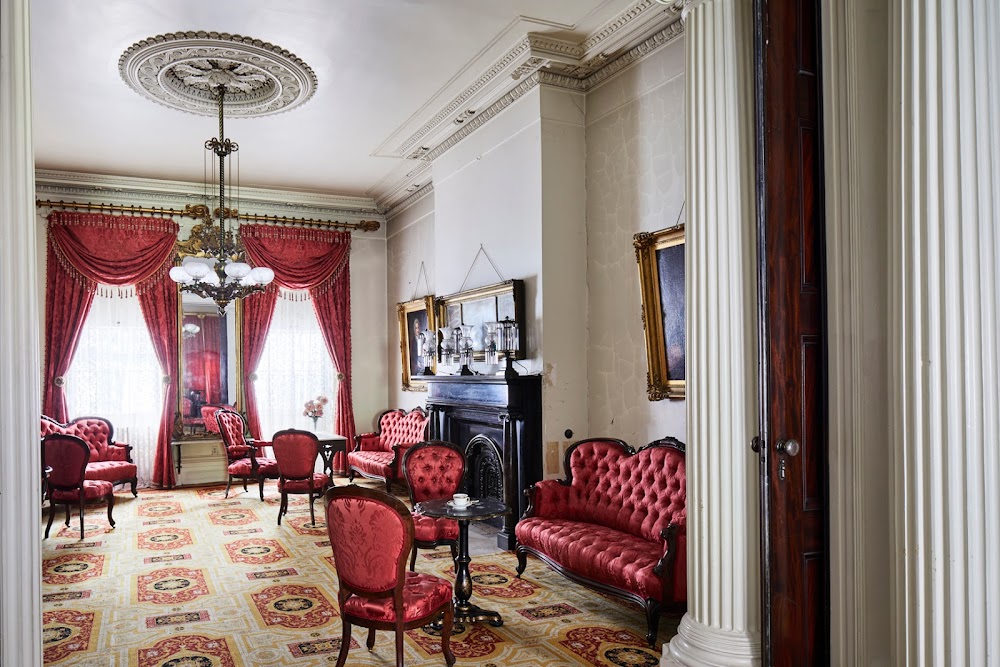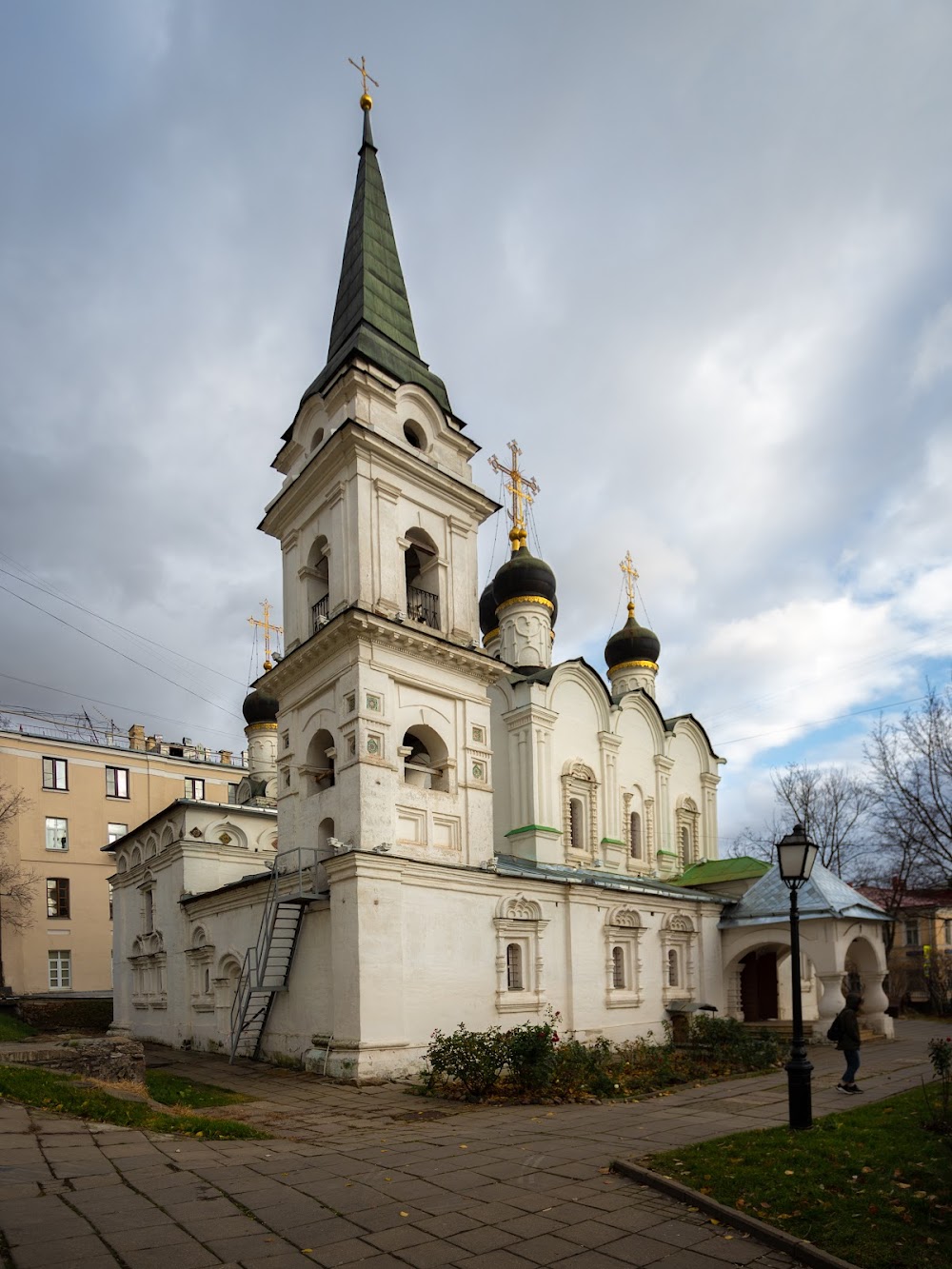Sarai-Batu (Сарай-Бату)
Overview
Saray-Batu, also known as Sarai Batu, was one of the most magnificent cities of the Golden Horde, an empire that spanned parts of Eastern Europe and Central Asia during the 13th and 14th centuries. Situated in present-day Astrakhan Oblast, Russia, Saray-Batu served as the capital and became a vibrant hub of culture, commerce, and governance.
A Strategic Location and Early Development
The construction of Saray-Batu began under the leadership of Batu Khan, a grandson of Genghis Khan, around the mid-13th century, shortly after the Mongol conquest of the region. Batu Khan carefully selected a strategic site that granted easy access to essential trade routes, fueling economic growth. The settlers established the city near the banks of the Akhtuba River, a distributary of the mighty Volga River, to take advantage of river trade.
Architectural Marvels
Saray-Batu stood out as an impressive urban center, showcasing a unique blend of Mongol, Turkic, and Persian architectural styles. The primary construction materials were adobe bricks and wood, both abundantly available in the area. Adobe bricks were crafted by mixing water, straw, and clay, then formed into shapes and left to dry in the sun, providing excellent thermal insulation suitable for the local climate.
Mongol Urban Planning
The city’s layout reflected the practical yet luxurious aspects of Mongol urban planning. Key areas included the Khan's palace, administrative buildings, bustling markets, mosques, and various residential quarters. The Khan's palace was a remarkable structure known for its majestic halls and intricate designs, serving as the center of government where Khans conducted state affairs and welcomed foreign dignitaries.
A Vibrant Marketplace
Commerce thrived in Saray-Batu, thanks to its strategic location along the Silk Road. Merchants from Europe, Asia, and the Middle East flocked to the city to trade goods such as silk, spices, horses, and furs. As a result, Saray-Batu transformed into a bustling cosmopolitan hub, attracting traders, artisans, scholars, and travelers. The city's bazaars were renowned for their variety and vibrancy, making it a lively destination for commerce.
A Multicultural Society
The Golden Horde's emphasis on religious tolerance fostered a multicultural environment in Saray-Batu. Mosques, churches, and temples coexisted harmoniously, reflecting the diverse populace that included Muslims, Christians, Buddhists, and shamanistic practitioners. The architectural styles of these religious buildings were equally diverse, showcasing a rich tapestry of cultural influences.
Advanced Infrastructure
Saray-Batu boasted advanced infrastructure for its time. Beyond trade and markets, the city featured well-organized streets, efficient drainage systems, and public baths. The streets were designed to accommodate both pedestrians and animals, ensuring an orderly flow of traffic. The drainage systems were crucial in protecting the city from flooding, particularly due to its close proximity to the river.
Education and the Arts
Education and the arts flourished in Saray-Batu, with libraries housing manuscripts on a myriad of subjects, including astronomy, medicine, and literature. Madrasas, or schools attached to mosques, provided education primarily for boys, nurturing a learned society. Artisans created exquisite ceramics, textiles, and metalworks, which fulfilled local needs and contributed to trade.
The Decline and Legacy
Saray-Batu enjoyed its pinnacle of prosperity until the mid-14th century. However, internal conflicts within the Golden Horde and the rise of competing powers, such as the Grand Duchy of Moscow, led to its decline. By the end of the 15th century, Saray-Batu had largely been abandoned as the region's political and economic centers shifted elsewhere.
Modern-Day Saray-Batu
Today, the ruins of Saray-Batu near Astrakhan Oblast serve as a historical site, offering a glimpse into its magnificent past. The site has undergone partial reconstruction for educational and touristic purposes, with significant efforts led by the Kazan Kremlin in the early 2000s to preserve the historical legacy of Saray-Batu for future generations.
The reconstructed site reveals the sophisticated urban planning and cultural richness of one of the medieval world's most important cities. Visitors can stroll through recreated streets, explore replicas of market stalls, and admire architectural styles reminiscent of the original structures. This project not only preserves the historical significance of Saray-Batu but also educates the public about the Golden Horde's profound influence on Eurasian history.
In essence, Saray-Batu stands as a testament to the architectural brilliance and cultural diversity of the Golden Horde, highlighting an era where trade, tolerance, and strategic planning converged to create a flourishing metropolis in medieval Russia.






